In the vast landscape of radio communication, the often-overlooked heroes are the antenna chokes. These critical components play an indispensable role in ensuring smooth and interference-free transmission. Join us as we explore the world of antenna chokes, unveiling their significance and how they harmonize the delicate balance between transmission lines and antennas.
The Essence of Antenna Chokes
Antenna chokes, akin to the silent guardians of radio communication, work tirelessly at the feed point of antennas. Their mission is to balance currents and suppress common mode currents, which can disrupt the harmony of your radio system. These unsung heroes can also be strategically placed along the transmission line to bolster their defense against interference.
Navigating Through Different Antennas
One might ponder whether an End-Fed Half-Wave (EFHW) antenna necessitates a choke at its feed point. Typically equipped with an unun, usually a 49:1 transformer, the EFHW might appear self-sufficient. However, placing a choke at the feed point between the coaxial cable and the unun is highly recommended to suppress common mode currents and ensure seamless operation.
Similarly, vertical antennas, such as the DX Commander, benefit significantly from the presence of a choke at the feed point. These antennas, often plagued by long coax runs, are susceptible to common mode currents that can transform the coaxial cable into an unintended part of the antenna system, leading to interference and noise. Employing a choke at both the feed point and the tuner or radio helps maintain the integrity of the system.
The Practical Application of Chokes
Visualize the practical application of chokes through the following scenarios:
-
End-Fed Half-Wave (EFHW) Antenna:
- Typically configured in an inverted L shape, the EFHW antenna reaches skyward before extending horizontally.
- A counterpoise, acting like a capacitive storehouse, provides a grounding reference for the antenna.
- Positioning a choke at the feed point between the coaxial cable and the unun helps suppress unwanted common mode currents, ensuring the antenna functions optimally.
-
Vertical Antennas (e.g., DX Commander):
- Utilizing radials or a ground plane, vertical antennas achieve capacitive coupling to the ground, functioning as a large counterpoise.
- A choke at the feed point of the coaxial cable is crucial for managing common mode currents and preventing the coaxial cable from inadvertently becoming part of the antenna system.
The Importance of Chokes
The strategic use of antenna chokes is paramount in maintaining a clean signal and preventing noise from infiltrating the hamshack. By effectively balancing currents and suppressing common mode currents, chokes elevate the overall performance of your radio system, providing a clearer and more reliable communication experience.
Conclusion
Antenna chokes are the unsung heroes in the realm of ham radio. Whether employing an EFHW antenna or a vertical antenna, the thoughtful placement of chokes can dramatically enhance your system's performance by mitigating interference and ensuring balanced currents. For those embarking on the journey of setting up or refining their antenna systems, understanding and utilizing chokes is essential for achieving optimal operation.
As you venture into the world of radio communication, remember that these small yet mighty components are key to unlocking a seamless and interference-free experience. Should you have any questions or seek further insights, we welcome your inquiries and look forward to featuring them in future explorations.

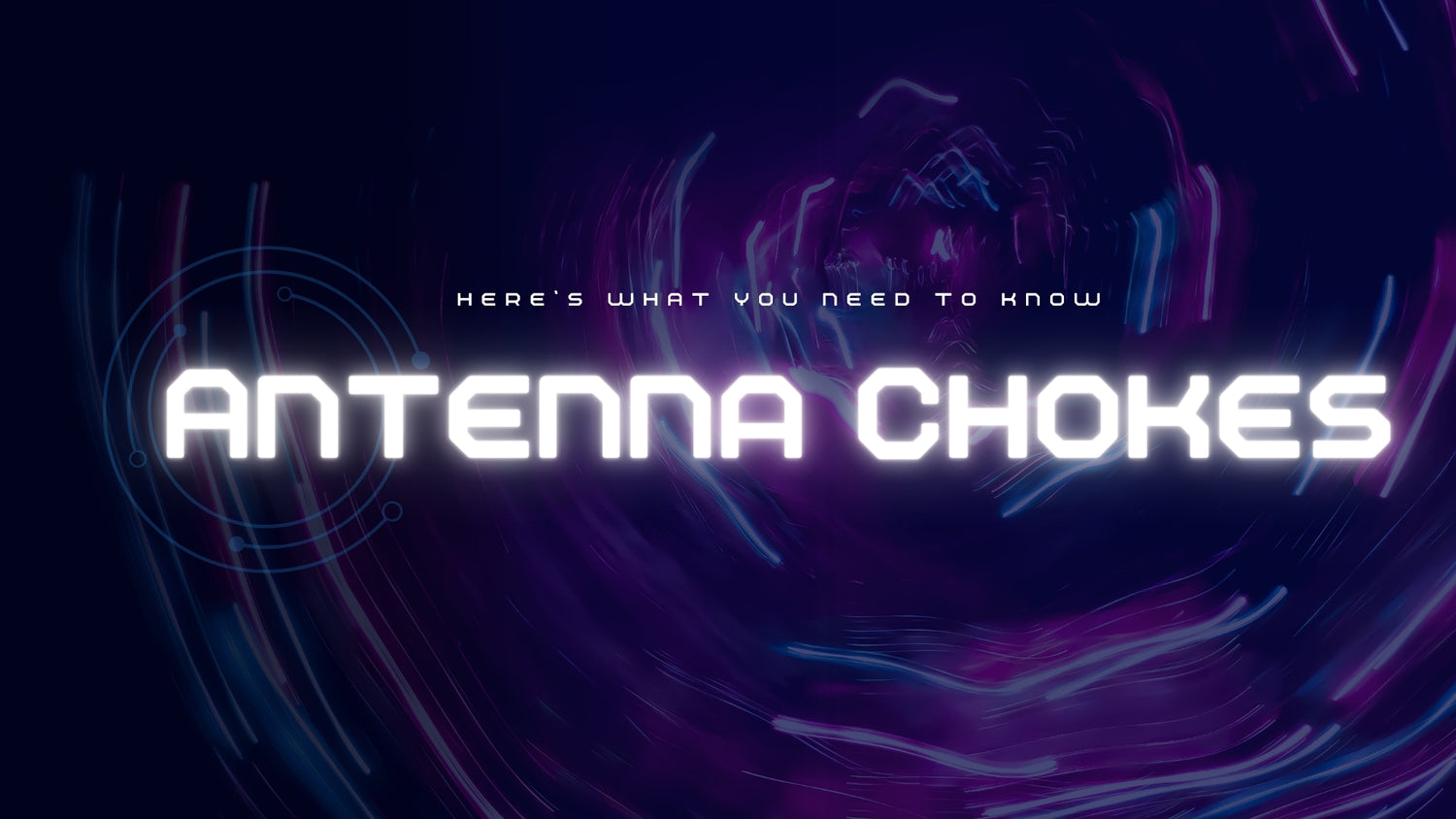
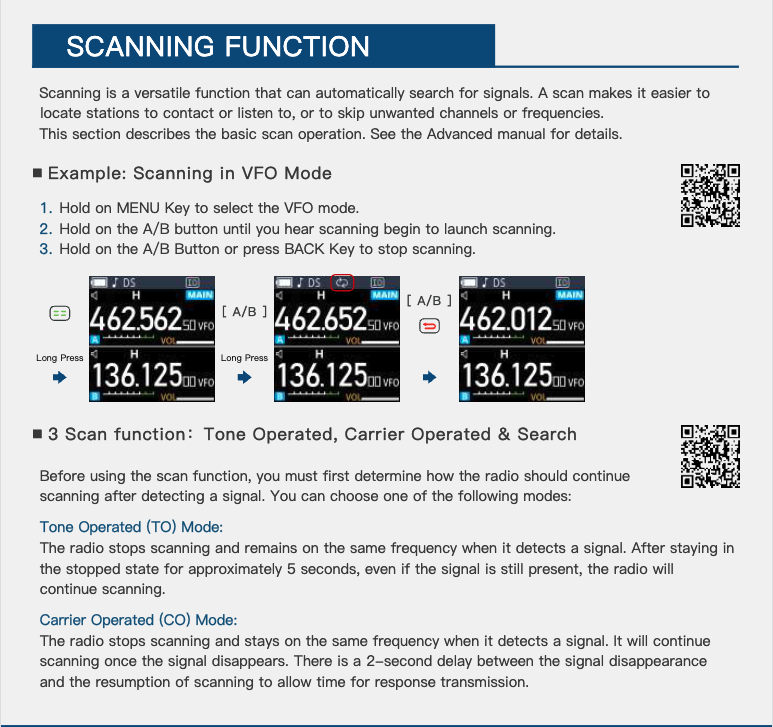
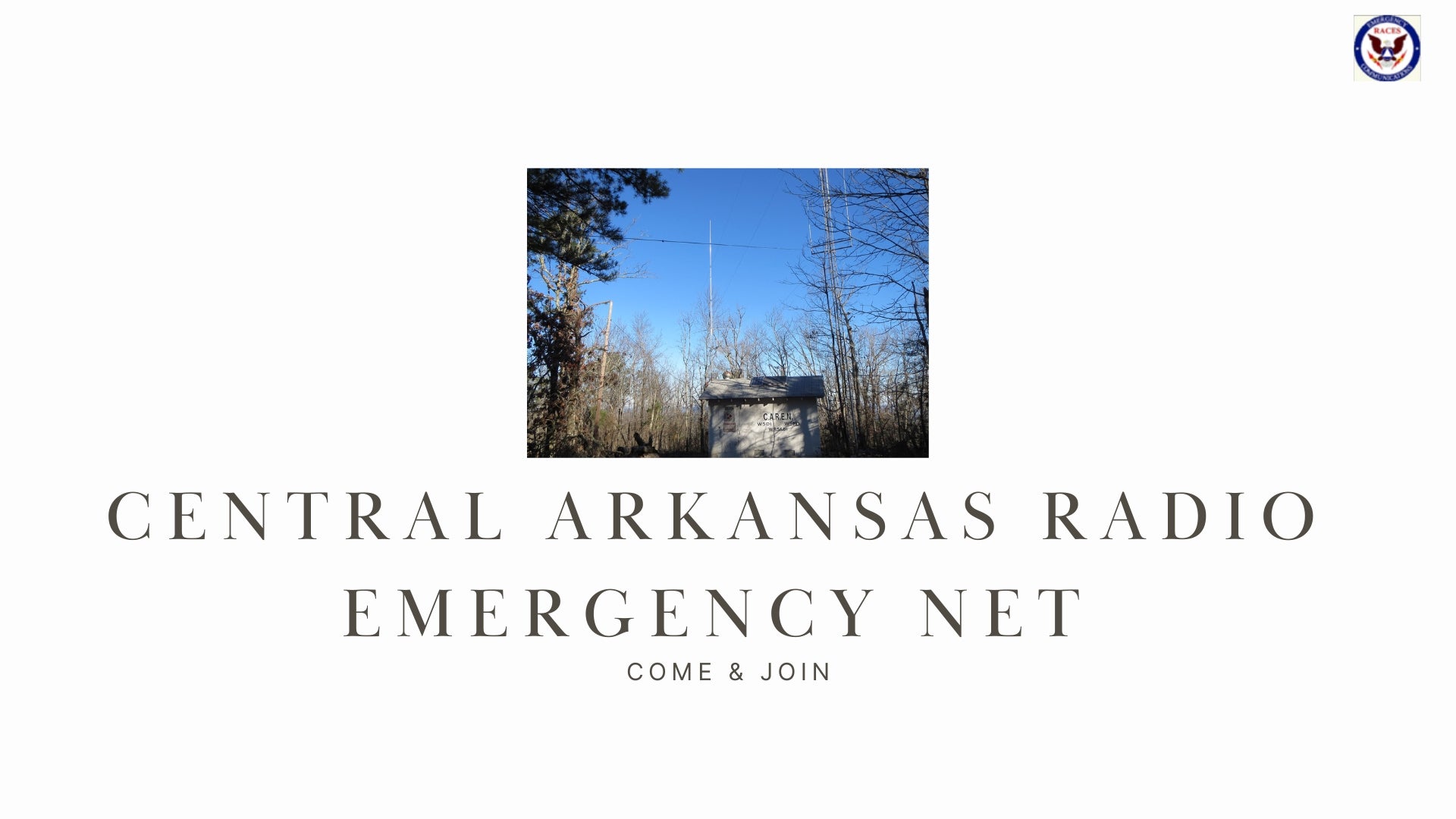
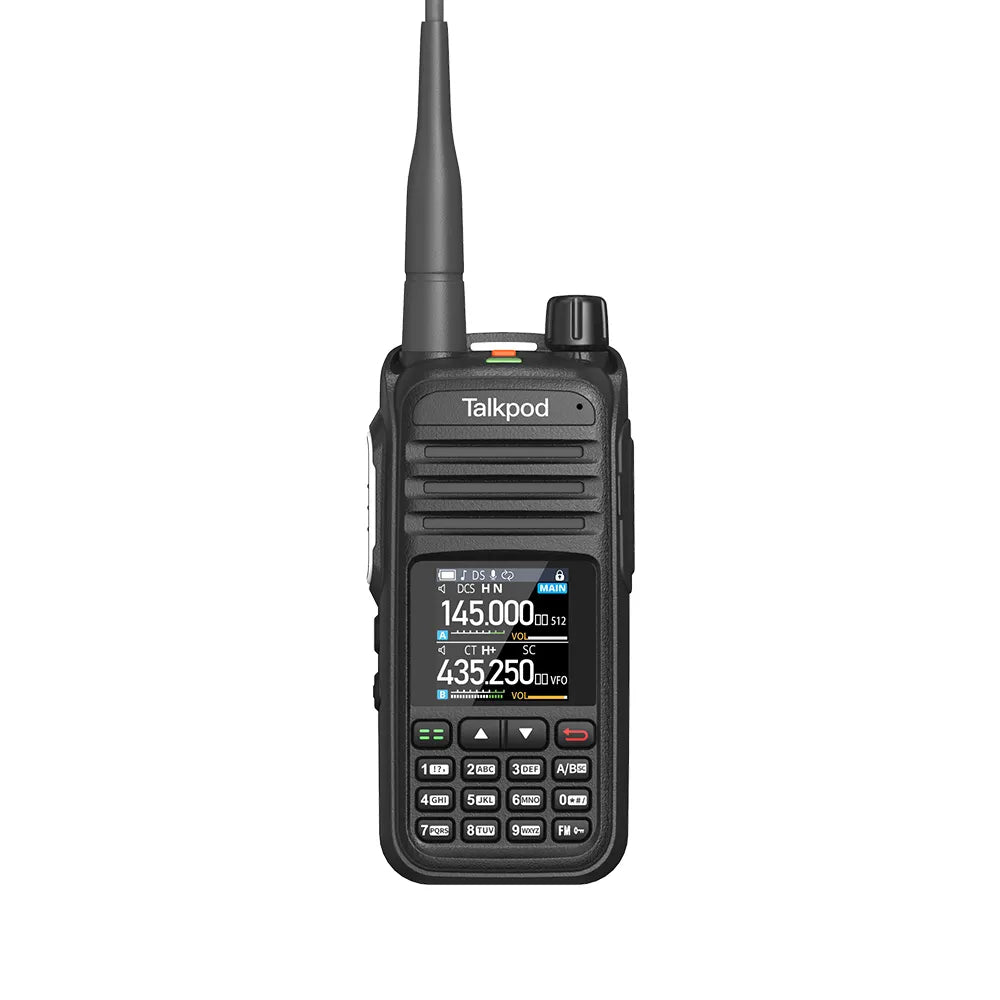
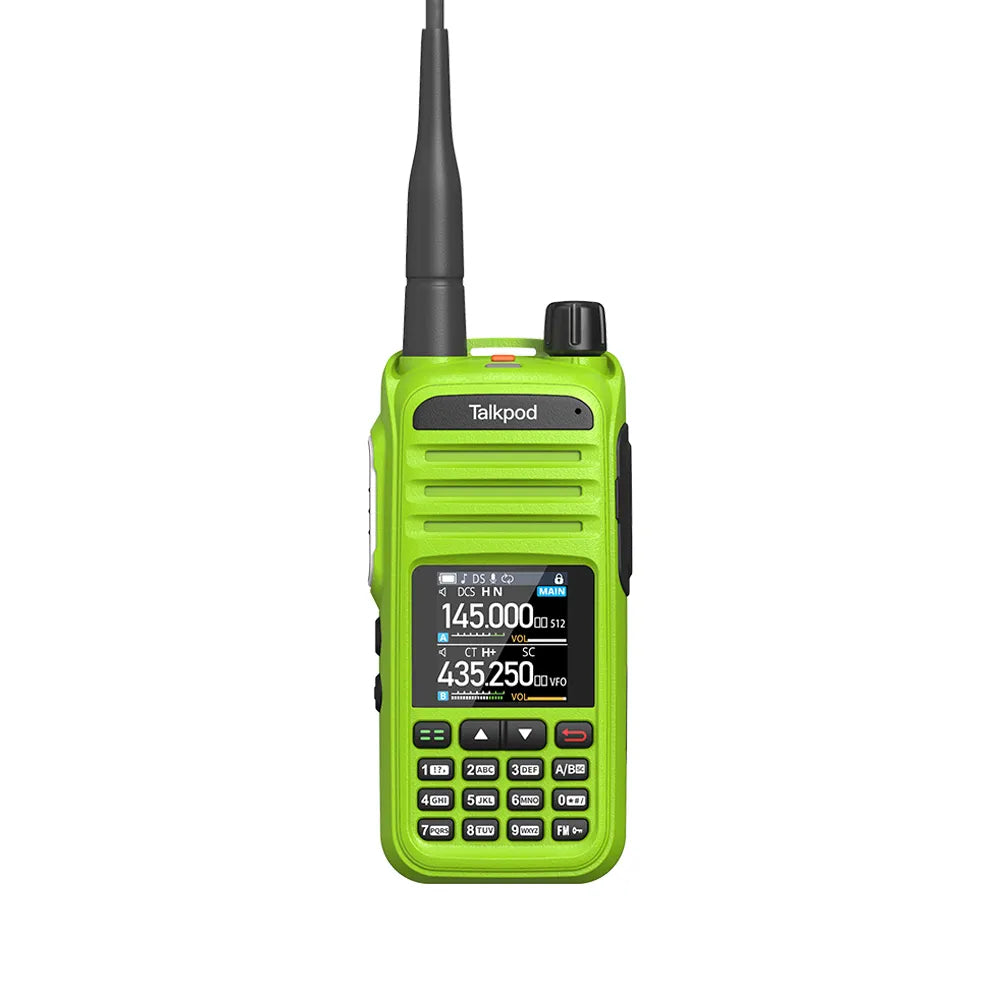
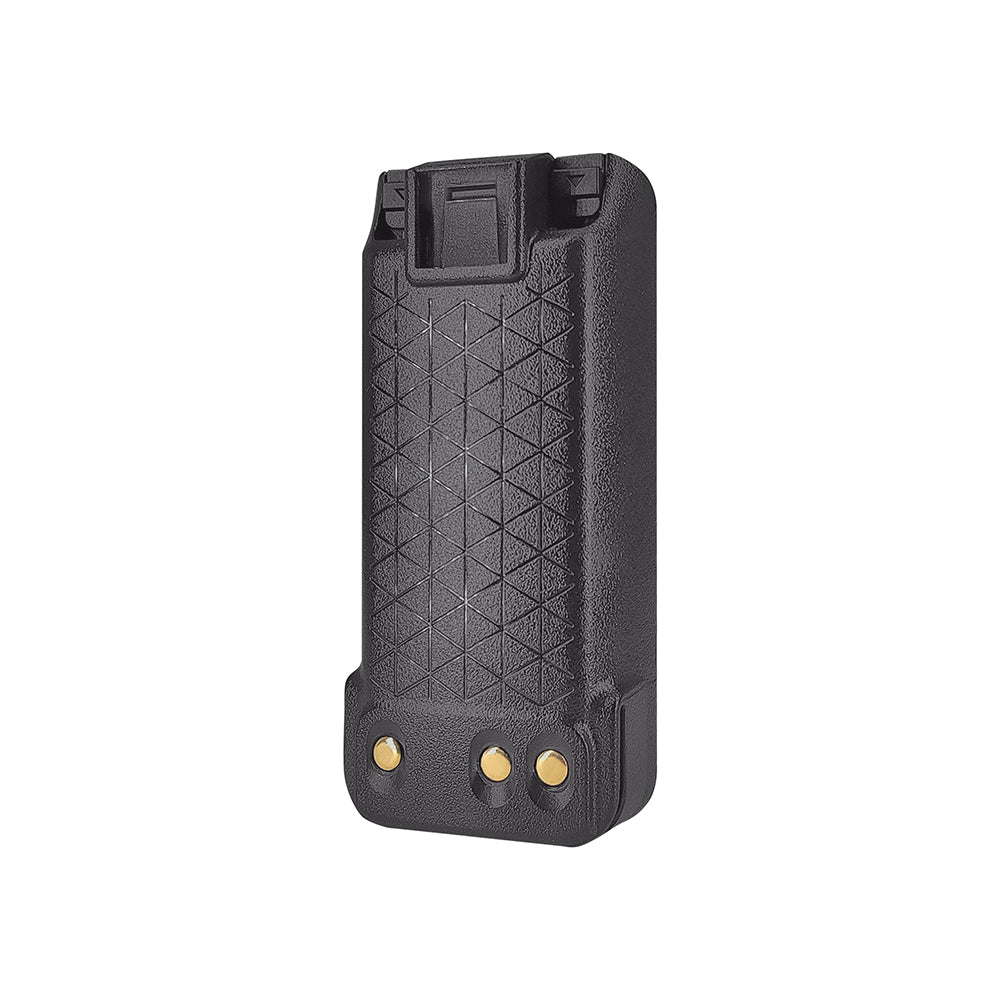
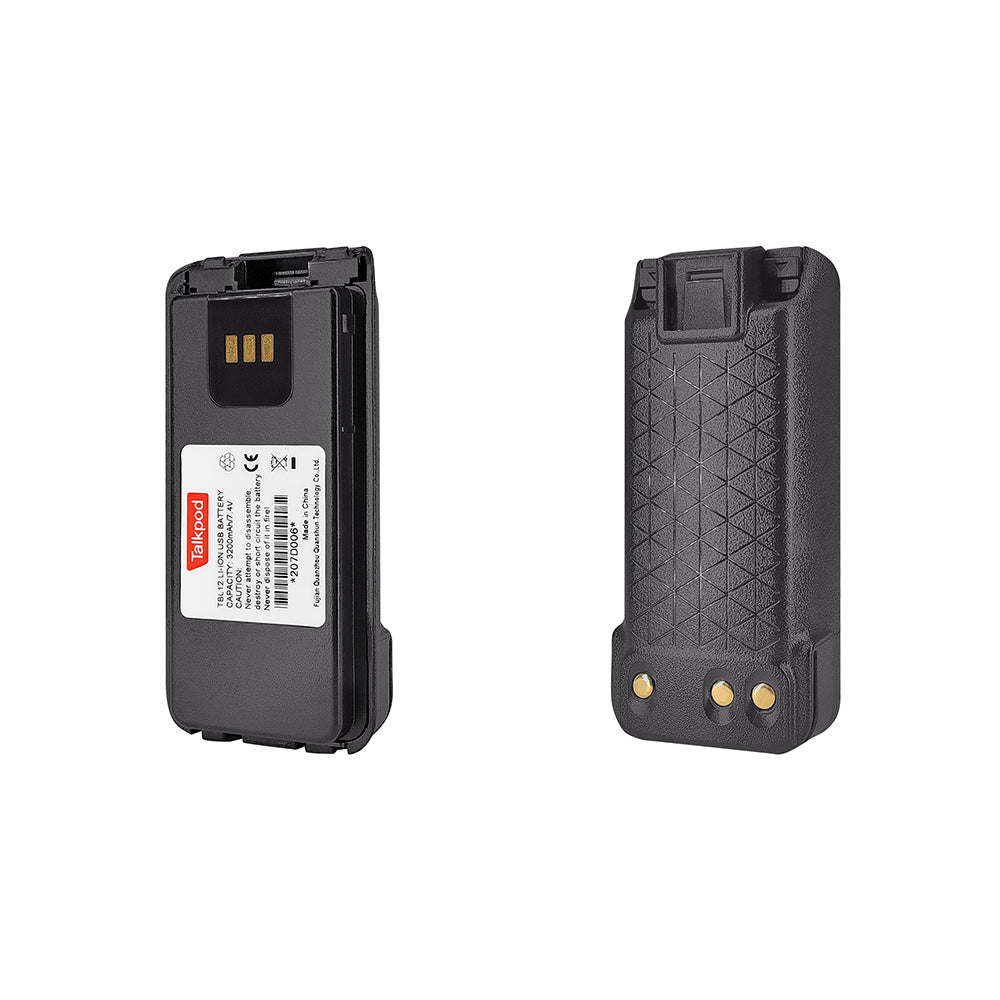
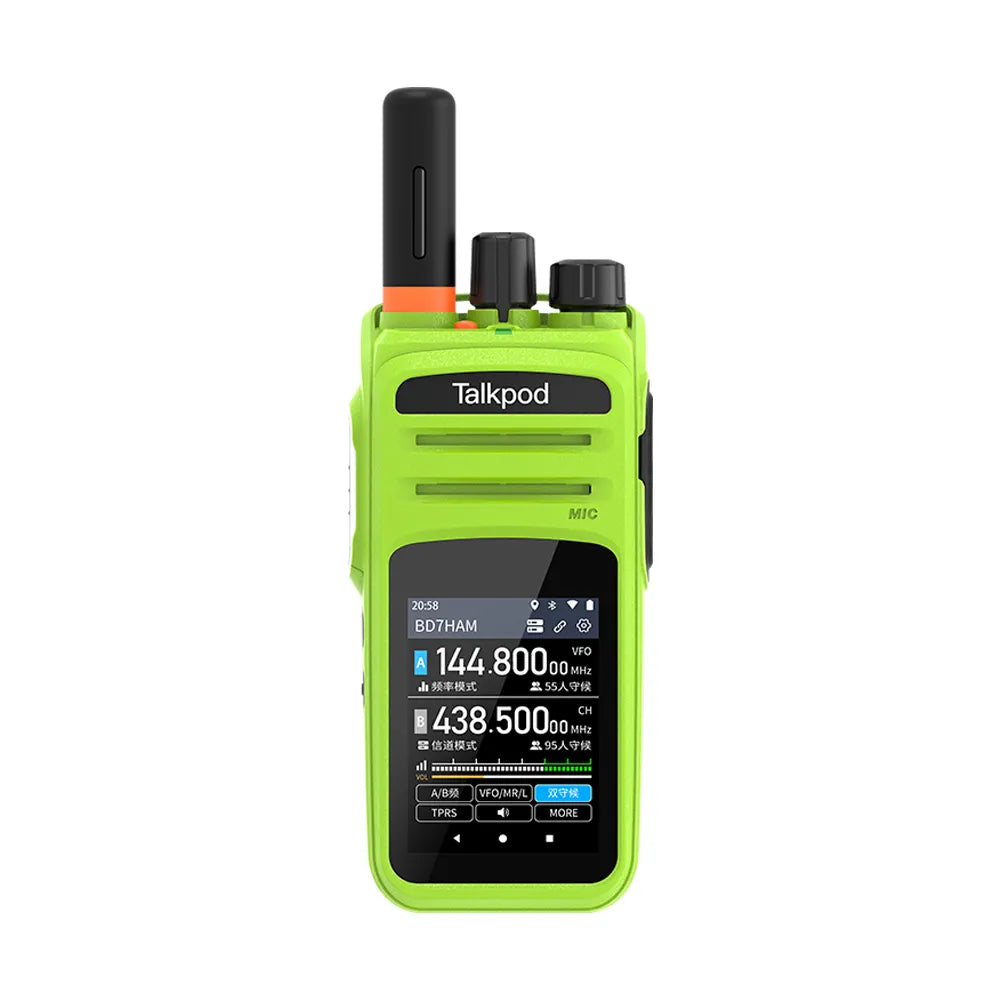
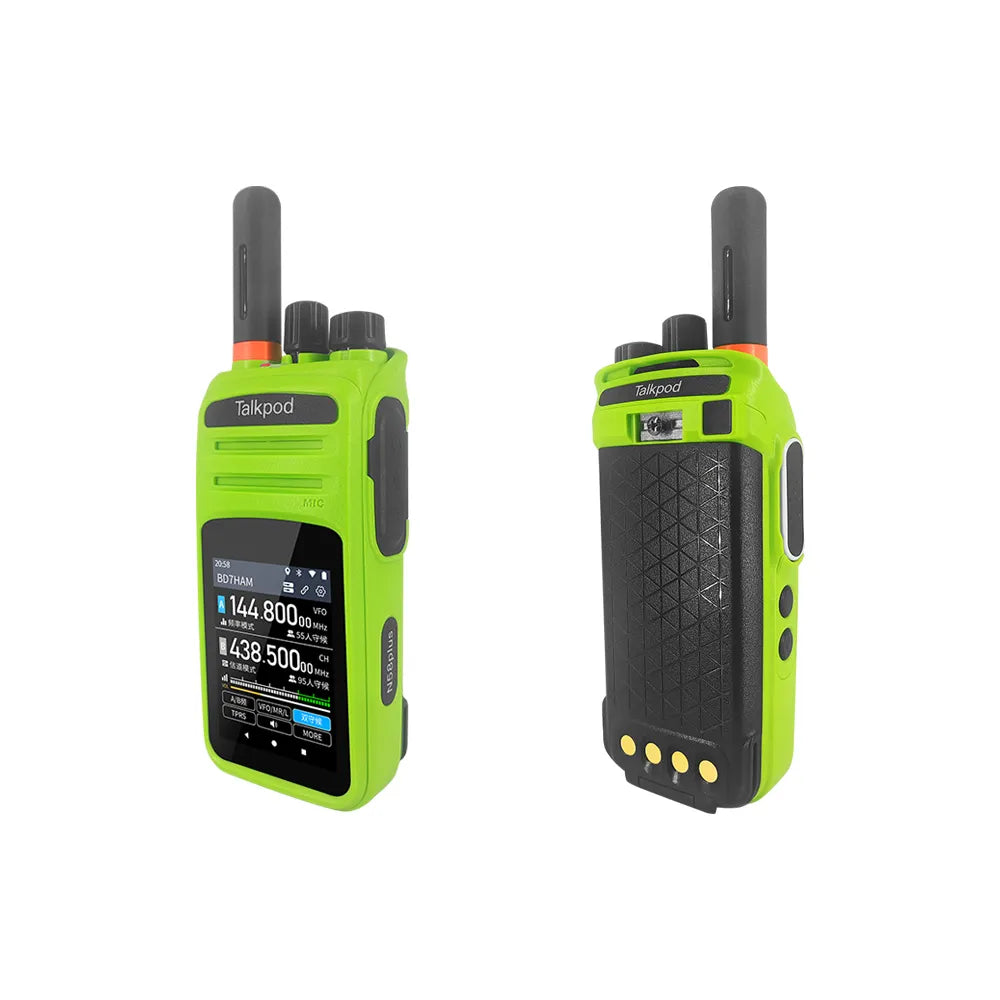
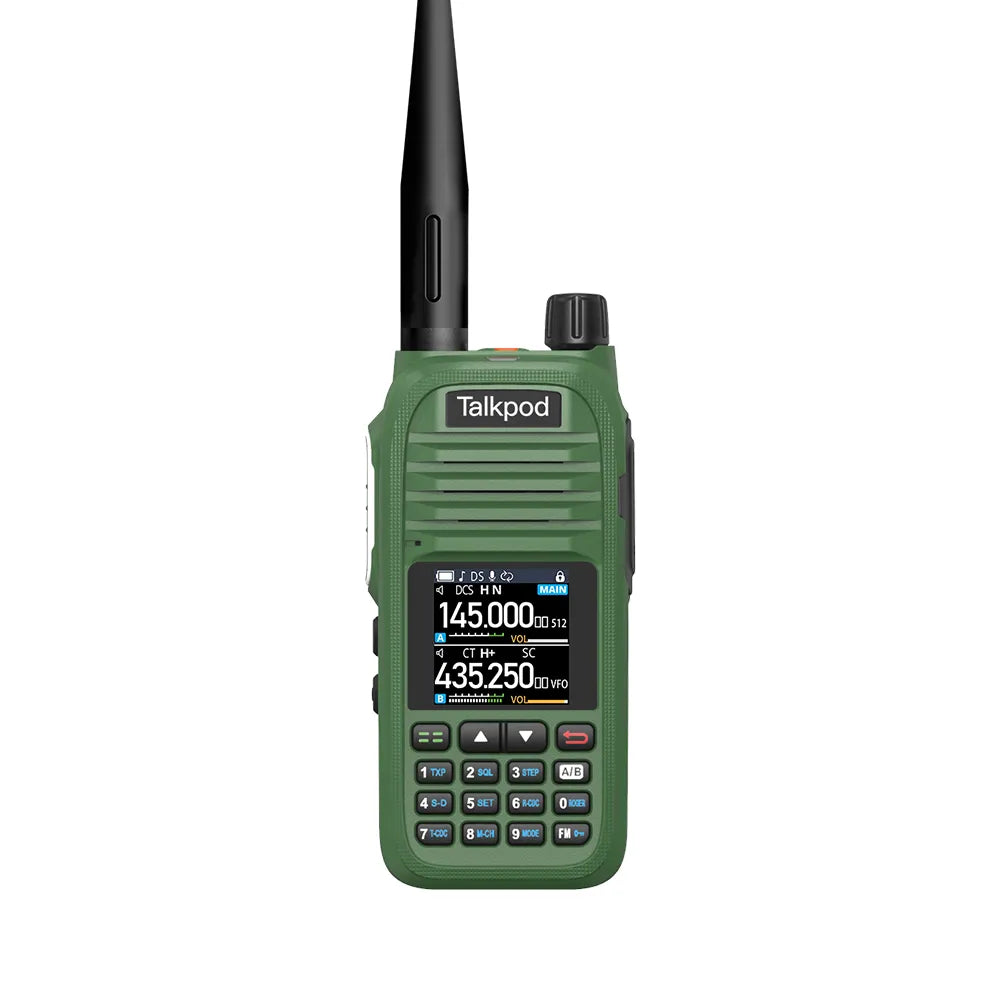
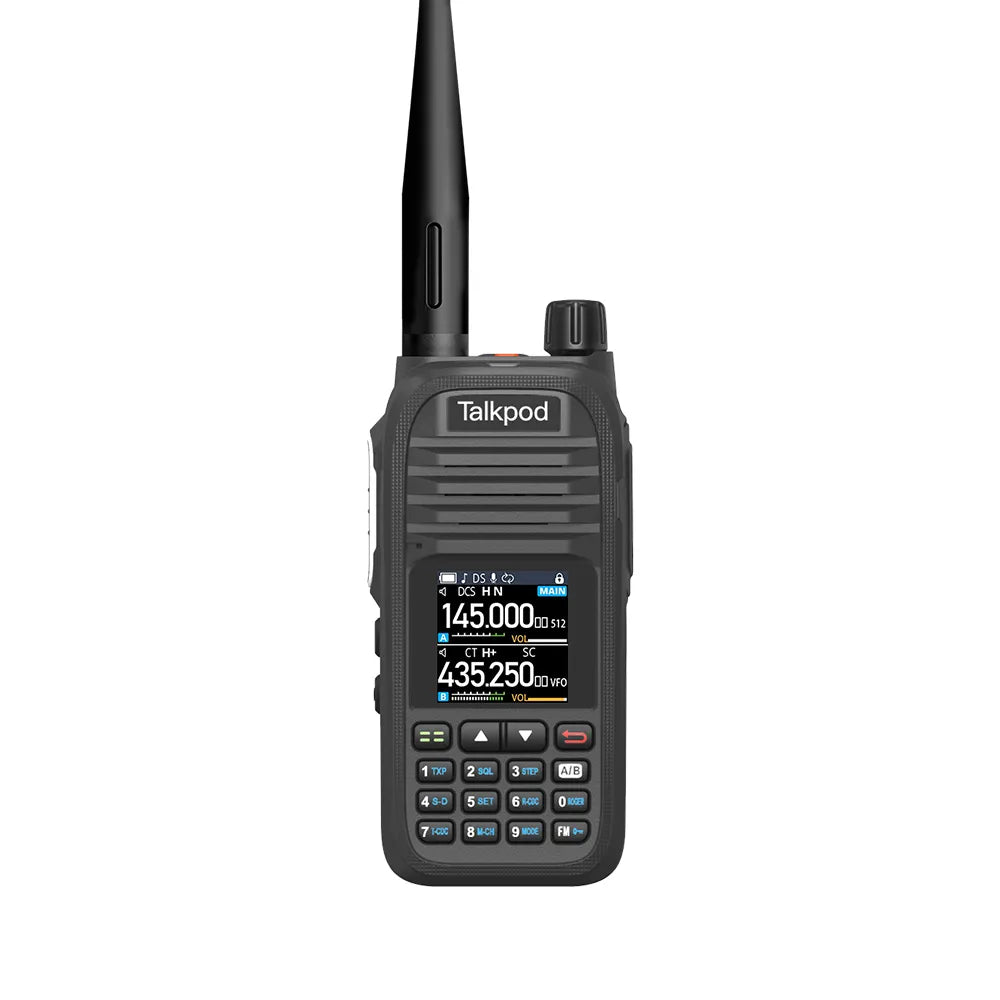
Leave a comment
This site is protected by hCaptcha and the hCaptcha Privacy Policy and Terms of Service apply.